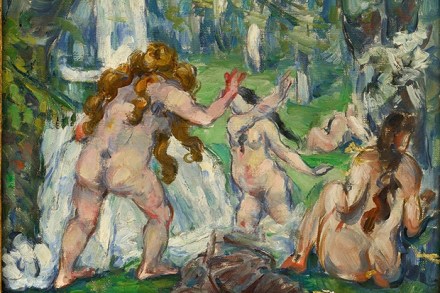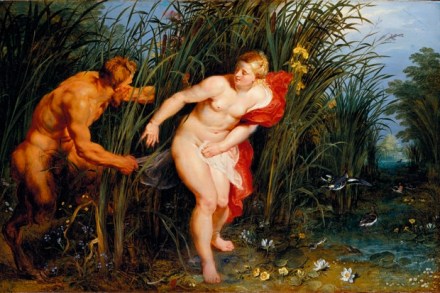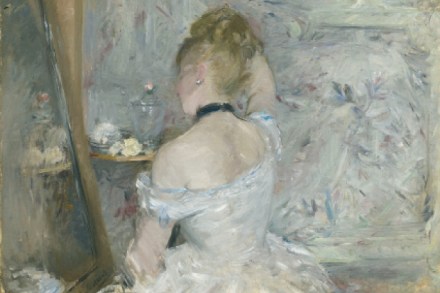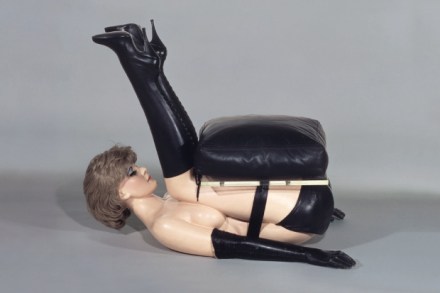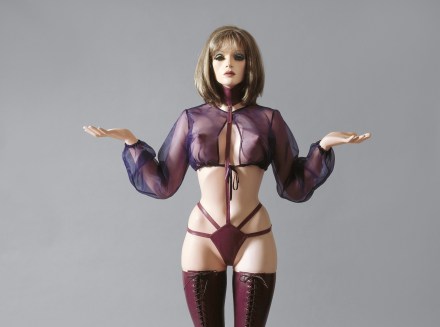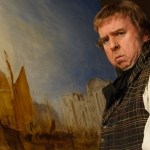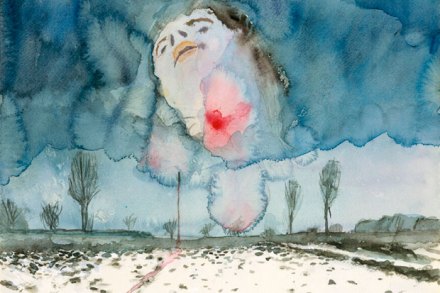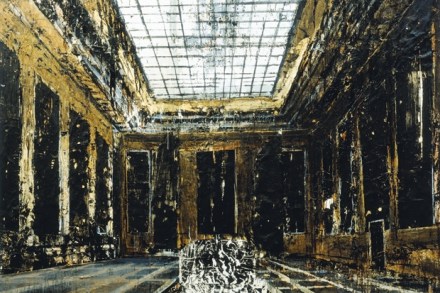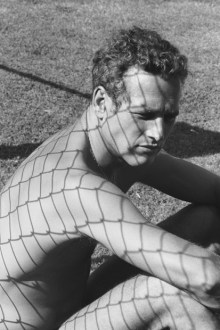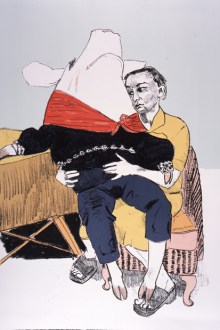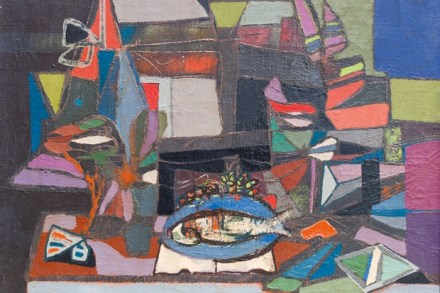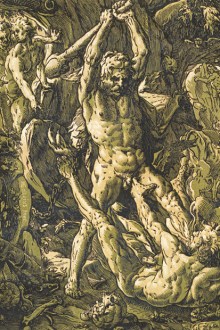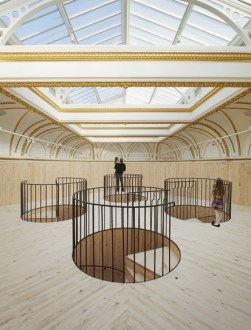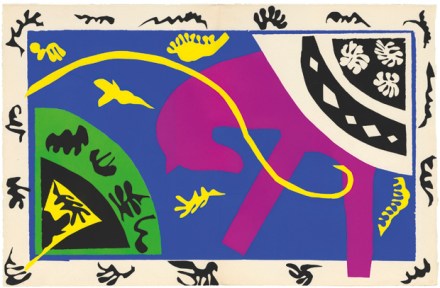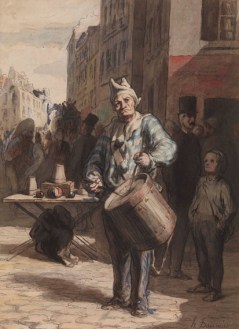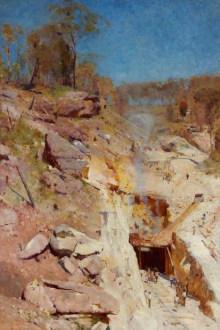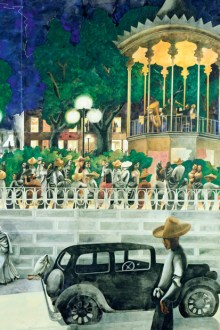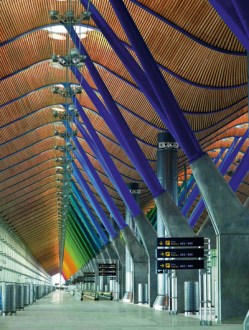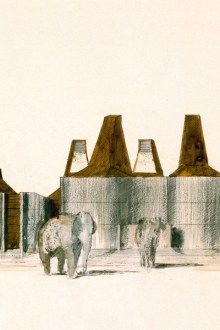Rubens and His Legacy at the Royal Academy reviewed: his imitators fall short of their master miserably
The main spring offering at the Royal Academy, Rubens and His Legacy: Van Dyck to Cézanne, teaches two useful lessons. One — not much of a surprise — is that Peter Paul Rubens (1577–1640) was a protean giant of a painter, expending sufficient artistic invention and energy to power other artists for centuries to come. The other conclusion is how hard compare-and-contrast exhibitions of this kind are to pull off. The basic idea — that Rubens was a towering figure in European culture — is plainly valid (the best riposte to the tired observation that there are so few famous Belgians is that there are plenty of celebrated Flemings, among
